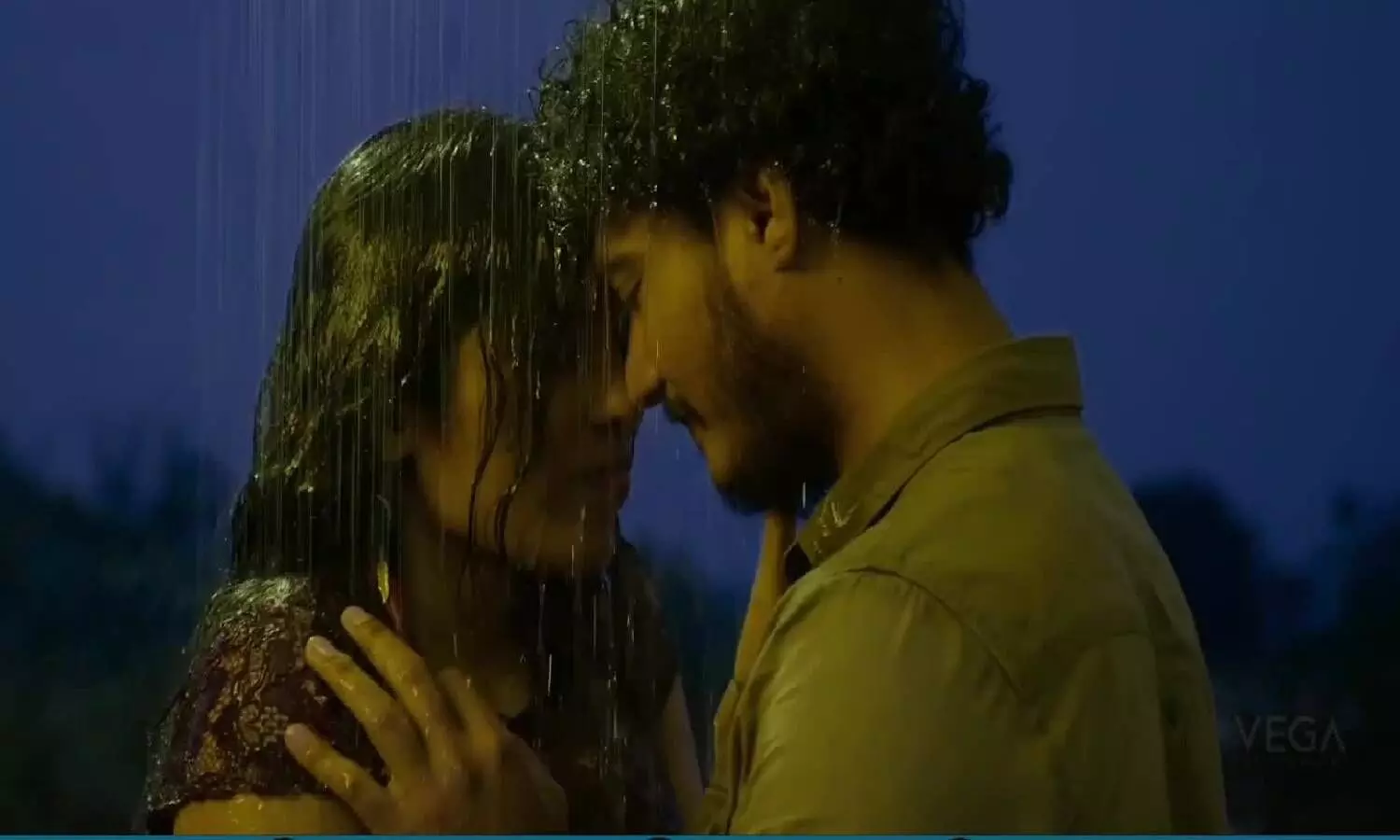`Screenplay of an Indian Love Story': A gripping tale of present-day relationships and moral decay
It is K L Prasad's directorial debut. He has interestingly titled this film as "Screenplay of an Indian Love Story".
By Arvind Acharya
Hyderabad: The film begins with a song while some painted scenes appearing on the screen perhaps. The song is a dialogue between the two principal characters deeply in love due to their intense commitment to the public good. The male character in the song acts in a self-effacing way protesting his lack of suitability to be the female's romantic interest. In effect, it depicts the woman as driving the relationship forward, providing intellectual and moral justification for intertwining their lives.
Within five minutes, the film springs a dark surprise. The woman seeks a divorce from the man, the very man whom she has courted and boldly approached. She demands an instant annulment of their marriage. Caught between the exigencies of his profession, the man, who is a film director, seeks one-day isolation at a remote location. What follows there constitutes a dramatic telling of the ups and downs of their relationship and a resolution to the demand for the divorce.
It is K L Prasad's directorial debut. He has interestingly titled this film as "Screenplay of an Indian Love Story".
To make us familiar with the past, the director has chosen to use photographs on walls, and cherished objects stored in suitcases to bring an understanding of the depth of the relationship between the parties. The divorce-seeking wife castigates the husband for becoming a participant in the exploitation of women in the film industry. She mocks his explanations of the commercial need to do so, suggesting that the role could be reversed in films with scantily dressed men performing roles to full houses of female audiences!
The film launches itself into an extreme intellectual exercise of determining the high moral foundation of the relationship between the couple, and brings us, step by step, to their disillusionment due to the eroding nature of societal life. Along the way, we learn of their eclectic tastes, Chaplin et al that were once determinants of the loftiness of their ideals.
If they had started so high, how then did they fall so low?
As we watch, our sympathies are with the woman: she forcefully argues that the husband's films depicting the objectification of women actually contribute to the ills of the society, namely the ill-treatment of women, leading quite often to violent crimes including rape and torture. The wife's remonstrations show her kindred spirit, and we are left wondering where the husband has gone so wrong.
Just when it seems to be heading to a predictable close, the director springs another surprise with the introduction of a third character. It is this person, a representative of a former landowning family, a curious mixture of an intellectual and a charlatan, who speeds the film along. He presents a critique of modern-day cinema as a vulgarization of the components of the cosmic principle of creation. His presence draws the attention of the viewer to the image of the Buddha, sitting silently in the foyer, seeming to metaphorize the sidelining of moral values by the husband. In a particularly gripping scene, this third character proceeds to attempt to carry out the same crimes that the woman has complained about, showing, while passing, a blood oblation to the Buddha.
Without giving the various plot twists away, one must commend the director for the composition of his narrative. His thematic handling of the lack of moral values in current Indian society, their blindness to various acts of injustice, and the numbing of their senses to the sheer volume of travesties seem to portend a dangerous future, unless the course is corrected immediately.
The climax of the film contains several statements of aspiration, and the commitment to high moral values that still pervade several sections of the masses. It is only in the last five minutes that there is an epiphany, leading us to a satisfactory conclusion, with strong moral overtones.
The female lead, Pragathi Yadhati, trained at the Lee Strasberg institute, while the male lead, Vikram Shiva, graduated from the National School of Drama. Without resorting to melodrama, and without the unnecessary glitz of Bollywood, the two have delivered sterling performances, making for a gripping narrative.
The two-hour film is in Telugu, with liberal use of English phrases. (English subtitles are available.)